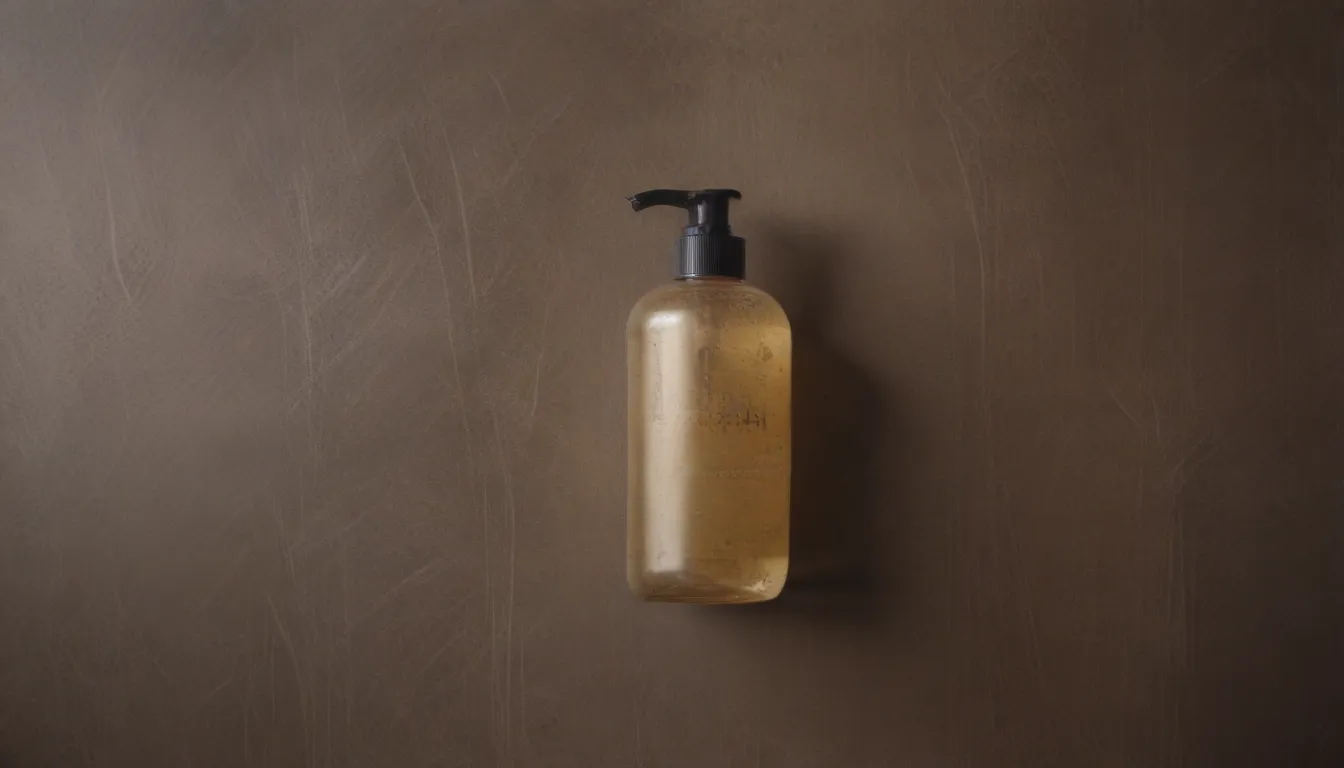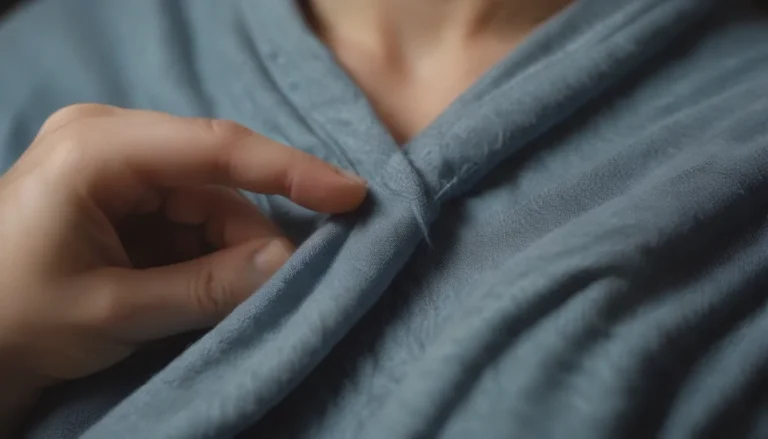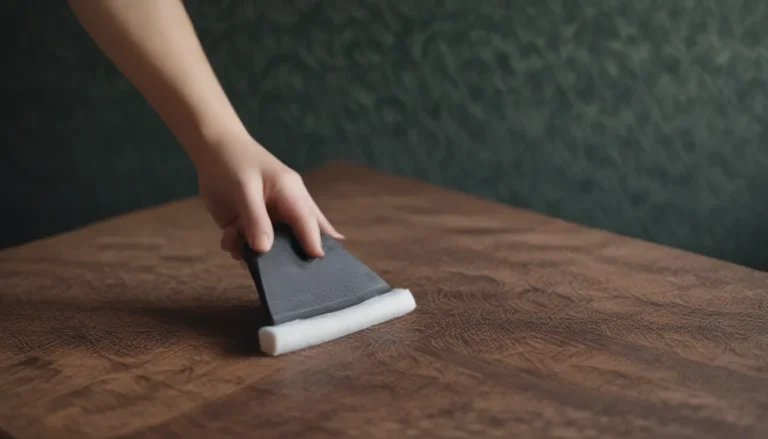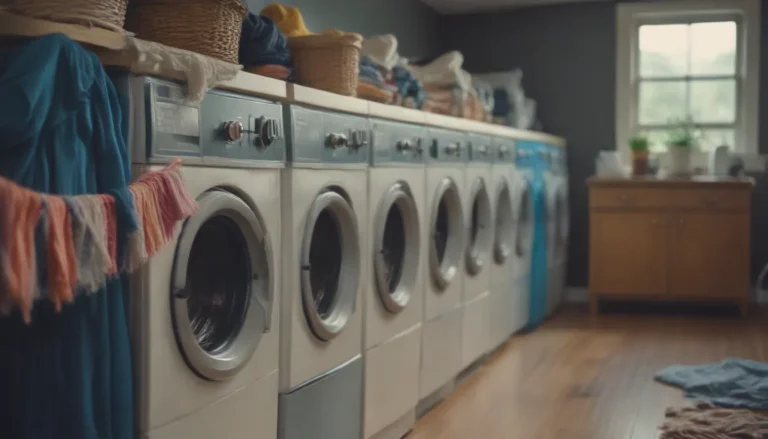Everything You Need to Know about Soap Scum: Information, Prevention, and Removal

Welcome to our comprehensive guide on soap scum! If you’ve ever looked at your shower, bathtub, or sink and noticed a white or gray filmy layer, chances are you’ve encountered soap scum. In this article, we’ll delve into what soap scum is, how it forms, and most importantly, how to prevent and remove it effectively.
What Is Soap Scum?
Soap scum, also known as lime soap, is a pesky residue that can cover the surfaces in your bathroom. It is created when calcium stearate and magnesium stearate, along with other materials, mix with hard water. You’ll typically find soap scum on shower curtains, bathroom fixtures, bathtubs, shower doors, tiling, and more. It’s important to note that limescale, a hard, off-white, and chalky deposit, is often mistaken for soap scum, but they are different.
How Does Soap Scum Form?
Soap scum forms when soap interacts with minerals in hard water. The combination of soap and dirt creates a layer of scaliness on bathroom surfaces, including bathtubs and showers. Homes with hard water rich in minerals are more prone to soap scum buildup. If left untreated, soap scum can accumulate and become challenging to remove, potentially leading to discoloration and unpleasant odors. In severe cases, soap scum can harden, making it even tougher to clean with regular bathroom cleaners.
Effective Methods for Soap Scum Removal
Removing soap scum doesn’t have to be a daunting task. There are several DIY cleaning solutions that can effectively tackle soap scum buildup. Here are some tried-and-tested methods you can try:
– Baking Soda and Vinegar: Create a paste using baking soda and vinegar. Apply it to the affected areas, let it sit for a few minutes, and then scrub with a sponge or brush.
– Lemon Juice: The acidic properties of lemon juice can help break down soap scum. Simply apply lemon juice to the affected areas, let it sit for a while, and then scrub away.
– Commercial Cleaners: There are plenty of commercial cleaners designed specifically for removing soap scum. Look for products that are effective yet gentle on surfaces.
Remember, consistency is key when it comes to removing soap scum. Regular cleaning and maintenance will help prevent stubborn buildup.
How to Prevent Soap Scum
Prevention is always better than cure when it comes to soap scum. By implementing some simple preventive measures, you can keep soap scum at bay and maintain a clean bathroom environment. Here are some tips to help prevent soap scum from forming:
– Regular Cleaning: Make it a habit to clean your bathroom frequently. Wipe down surfaces, including the tub, shower, and sink, to prevent soap scum buildup.
– Use a Squeegee: After each shower, use a squeegee to remove excess water from the walls and shower doors. This can help prevent soap scum from forming.
– Ventilation: Proper ventilation in your bathroom can help reduce moisture levels, which in turn can prevent soap scum buildup.
Additional Tips for Preventing Soap Scum
- Natural Remedies: Consider using natural remedies such as vinegar and baking soda to clean your bathroom regularly.
- Professional Cleaning: If you’re dealing with stubborn soap scum buildup, consider hiring a professional cleaning service to tackle the problem effectively.
Don’t Forget About Watermark Stains
When removing soap scum, you may encounter watermark stains in the area you cleaned. To prevent these stains, consider using a weekly cleaner such as Dawn’s dishwashing liquid and white vinegar. Staying proactive in your cleaning routine can help keep your bathroom looking sparkling clean and free of soap scum.
In conclusion, understanding what soap scum is, how it forms, and the best ways to prevent and remove it can help you maintain a clean and hygienic bathroom. By incorporating these tips and methods into your cleaning routine, you can say goodbye to soap scum and hello to a pristine bathroom space. Happy cleaning!





